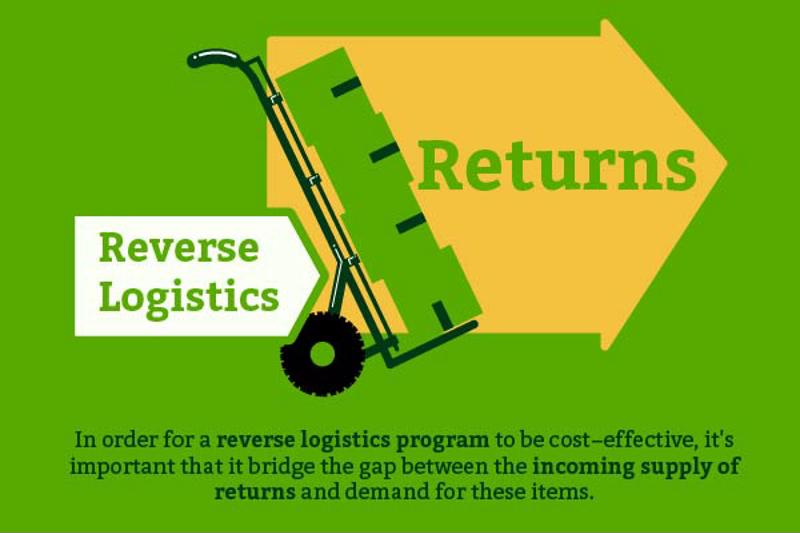In the wake of the 2015 holiday season, manufacturers and distributors traditionally have a specific problem on their hands: returns. A 2015 study conducted by The Retail Equation, Americans returned $260 billion worth of merchandise. This merchandise sometimes finds its way to warehouses like Shorewood Liquidators in the southwest suburbs of Chicago, according to CBS Chicago. These businesses hold auctions for consumers to take advantage of the high number of unwanted items.
The post-holiday returns season brings to light an important part of the supply chain that manufacturers have to consider within their logistics strategies: returns management. In order for a reverse logistics program to be cost-effective, it’s important that it bridge the gap between the incoming supply of returns and demand for these items. However, this presents a challenge to supply chain managers as they try to deal with an influx of goods in their warehouses and maintain data visibility across their organization.
The woes of returns management
According to MarketWatch, consumers return an average $642.6 billion in products per year around the world. Sometimes, businesses find that it’s more cost-effective to simply liquidate these returns or throw them away.
However, with effective warehouse management, processing returns could become easier. For this reason, making sure warehouse data is accurate and efficiently managed is an important task for reverse logistics coordinators.
Inbound Logistics contributor Tamara Dwyer stated that one of the most important parts of the reverse logistics process is maintaining control over the supply chain. This includes being able to conduct quality assurance activities, determining resale value and keeping to customer standards, and making sure an organization remains compliant with industry regulations as far as returns are concerned.
“Compliance touches all aspects of the reverse logistics process,” Dwyer wrote. “In addition to national borders and individual state regulations, shippers must follow industry-specific regulations, such as those governing food and drug safety. Workflows used to speed up the process also provide controls that minimize corporate liability.”
Compliance depends on the accuracy of the information gathered in the warehouse and throughout the supply chain. Using data visualization tools and logistics management solutions, coordinators can improve their response to the high influx of returned goods.
 Data visibility is critical to efficient warehouse management – which in turn is important for processing returns.
Data visibility is critical to efficient warehouse management – which in turn is important for processing returns.How do supply chain organizations deal with returns?
Manufacturers and retail companies need to be prepared to handle the increased volume of returns in the wake of the holidays. In managing returns and finding new homes for these products, it’s more crucial than ever that processes on the warehouse floor are streamlined and simplified.
Investing in solutions like the Oracle Warehouse Management System could make a difference in the long run when it comes to making sure organizations know how to deal with huge amounts of returned merchandise in the future. Improving data visibility and accuracy on the warehouse floor can have a positive impact on whether or not returns are managed properly and with the least incurred cost possible.
Contact Inspirage today for more information about our warehouse management and data visibility solutions.